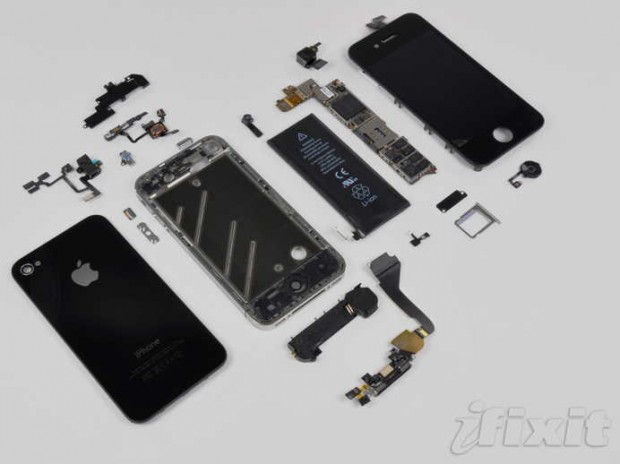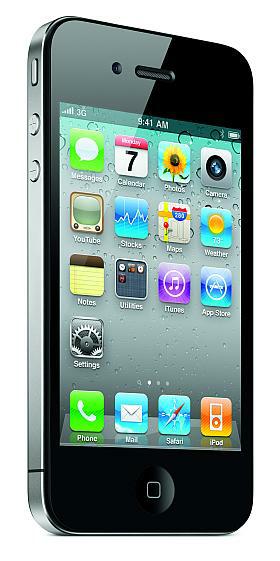Apple today published a letter from Steve Jobs aptly title “Thoughts on Flash“. What’s interesting isn’t so much what he said, but what he alluded to. This letter is about Flash, but it’s also about the future if the iPhone platform strategy. It also alludes to the future importance of WebKit and the open web. Lets walk through this. From his points:
First, there’s “Open”.
Steve is right. Flash isn’t really “open”. The iPhone isn’t either by any means. In fact it’s the most restricted computing platform in the world as far as I know. What he did note is that the iPhone uses WebKit and by proxy the web is the most open platform on the planet. That’s very noteworthy.
Second, there’s the “full web”.
Flash video itself isn’t that great by todays standards. That’s why sites like YouTube are serving HD video in H.264 rather than VP6. H.264, VP8 and Theora are the future. If all 3 or just one will survive remains to be seen. Regardless any of them can be played outside of Flash. The dependency on Flash to build a player is going away more and more each day.
Regarding games, this is a silly point. Almost all Flash games need a keyboard or mouse to work. They would never work with a touch screen. Nor would they scale to fit the screen. They would need to be significantly reworked/rewritten.
This is yet more alluding to WebKit and HTML5 where there are solutions already in place.
Third, there’s reliability, security and performance.
It’s pretty hard to dispute the reliability of Flash. It’s by far the driving force behind things like out of process plugins (OOPP) in Firefox among other browsers. It’s also been subject to lots of security vulnerabilities.
Fourth, there’s battery life.
The WSJ quotes Adobe’s Shantanu Narayen as saying the claims of Flash being battery draining are “patently false” but if you look at a CPU monitor while browsing a page with Flash, you can see the load increase quite a bit. Blocking flash on your browser does speed things up and keep your system cooler. I’m very suspect that Adobe has solved this in cell phones when they don’t even seem to have it under control in Windows.
Fifth, there’s Touch.
I already mentioned that mouse/keyboard interfaces just don’t work on the iPhone. No need to rehash that.
Sixth, the most important reason.
That’s actually a vague header. The reason is that they don’t want a third-party sitting between the iPhone API’s and developers. If that happens, developers are limited to what that third-party decides to implement. At the very most developers on the Flash platform get whatever is supported on all Flash platform (greatest common denominator).
That leaves Apple in a stupid position. They could implement killer features in the iPhone and create amazing API’s to take advantage of the features. But if Adobe doesn’t see a way to support things across platforms, or just doesn’t see the cost/benefit of implementing that feature, developers can’t use it. That marginalizes the product for Apple as well as developers.
Conclusion
I found this very interesting that he closed it like this:
New open standards created in the mobile era, such as HTML5, will win on mobile devices (and PCs too). Perhaps Adobe should focus more on creating great HTML5 tools for the future, and less on criticizing Apple for leaving the past behind.
In February of 2007 Steve Jobs wrote another letter on DRM. It’s noteworthy because in January 2009 Apple launched the ability to buy non-DRM protected music. The letter was really a hint at where things were going. He’s repeating the PR strategy that he used then, make no mistake of it.
I have a feeling the day will come where the App Store is deprecated in favor of promoting HTML5 based Applications either directly off the web or packed similar to how Dashboard Widgets are done now on Mac OS X. The App Store will be around for quite some time, but it will eventually morph.
That is why WebKit is so important to Apple. They want to abstract their OS to the point where they can provide very high level hooks into features they want developers to be able to use. The current iPhone App SDK was a solution created by Apple as a way to let developers put applications on the iPhone as an afterthought. The moderation is so that they can keep their security record intact and could shut down a malicious app before trouble becomes rampant. That puts them in the position where they can either approve all content and be viewed as sleazy by more conservative folks, or they can let everything go and accept that reputation. They obviously made their decision. Developers and some geeks hate it, but 99% of the rest of the world doesn’t even know about the process. Nobody wants to know how sausage is made.
The App Store will likely morph to feature Dashboard Widget like applications (not to different from Palm’s WebOS). Apple will still be able to cash in via that distribution point since they can use DRM giving them the only way to actually sell a protected application. You can view them online via you’re browser.
That’s my prediction. The day will come when the iPhone SDK that we know today will be deprecated. WebKit and HTML5 aren’t there today, but the day will come when they will be the tier 1 development platform for the iPhone. Steve Jobs is just laying the groundwork today.
For desktops, other platforms and browsers it’s worth noting that there’s a lot to gain here.



 Here are my general thoughts on the iPhone 4 since the announcement. Hopefully I’ll be able to check one out in the store soon enough.
Here are my general thoughts on the iPhone 4 since the announcement. Hopefully I’ll be able to check one out in the store soon enough.